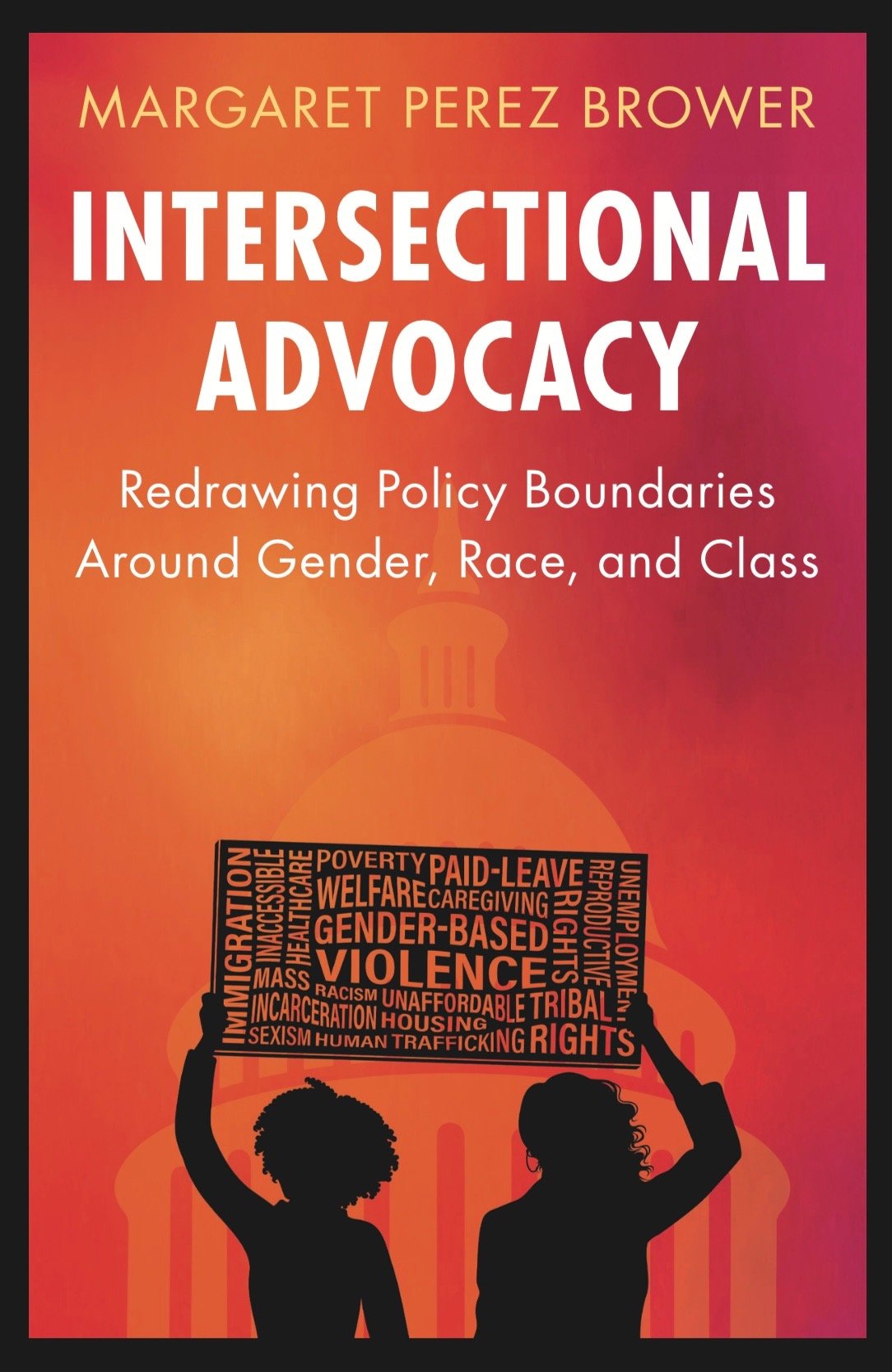
Intersectional Advocacy
Intersectional Advocacy: Redrawing Policy Boundaries Around Gender, Race, and Class
Cambridge University Press
What happens to those living at the margins of U.S. politics and policy – trapped between multiple struggles: gender-based violence, poverty, homelessness, unaffordable healthcare, mass incarceration and immigration? In this book, Margaret Perez Brower offers the concept of ‘intersectional advocacy’ to reveal how select organizations addressing gender-based violence are closing policy gaps that perpetuate inequalities by gender, race, ethnicity, and class. Intersectional advocacy is a roadmap for rethinking public policy. The book captures how advocacy groups strategically contest, reimagine, and reconfigure policy institutions using comprehensive new strategies that connect issues together. As these groups challenge traditional ways of addressing the most pressing social issues in the U.S., they uncover deep inequities that are housed within these institutions. Ultimately, organizations practicing intersectional advocacy illuminate how to redraw the boundaries of policies in ways that transform U.S. democracy to be more representative, equitable, and just.
“Perez Brower conducts extensive original data collection and uses a mixed-methods approach to demonstrate both the harm when policies are not written from an intersectional vantage point and the opportunities for intersectional advocacy.”
“In a political climate in which policy protections for marginalized groups face significant threats, this book delivers a hopeful message for practitioners, engaged scholars, and concerned individuals alike: skilled advocates have successfully carved policy infrastructures and adeptly used existing policy tools to forge policy victories on the behalf of intersectionally marginalized populations despite various political obstacles.”
“Brower broadens our understanding of the concept of intersectionality so that it refers to more than only marginalized groups, which is the way in which it is often applied, and to the overlap and interrelationships among a number of policy areas rather than to individual areas.”
“Intersectional Advocacy focuses on the policymaking landscape around gendered violence, but the conclusion analyzes how this framework can be used in other contexts in the U.S. and beyond. This book is an important portrayal of the state of American public policy and its potential to be transformed toward justice.”
“In this rapidly changing policy arena, we believe that Intersectional Advocacy will launch a whole new stream of research centered more strongly on the ways in which voices for marginalized women in America struggle to gain a louder voice in our lawmaking process.”
